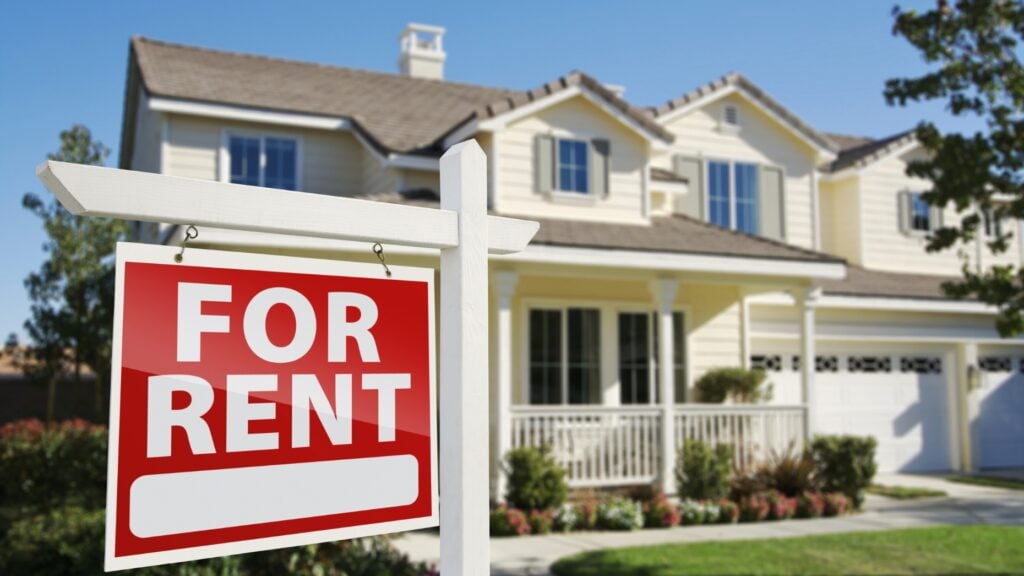Renter households increased by 2.7 percent year-over-year in the third quarter to a record 45.6 million, a rate three times higher than the 0.9 percent uptick in homeowner households, according to a new Redfin analysis.
Whether it’s refining your business model, mastering new technologies, or discovering strategies to capitalize on the next market surge, Inman Connect New York will prepare you to take bold steps forward. The Next Chapter is about to begin. Be part of it. Join us and thousands of real estate leaders Jan. 22-24, 2025
The number of renter households has grown significantly compared to homeowner households as rising homeownership costs prompt potential buyers to reconsider the financial burden, according to a Redfin analysis released Tuesday.
Redfin reported that renter households increased by 2.7 percent year-over-year in the third quarter to a record 45.6 million, a rate three times higher than the 0.9 percent increase in homeowner households, which now total 86.9 million.
The 2.7 percent rise, equating to 1.18 million additional renter households, was the second fastest since 2015, trailing only the 2.8 percent increase in the first quarter.

Redfin analysis of U.S. Census Bureau data
This analysis, based on U.S. Census Bureau data dating back to 1994, defines renter households as those where the head of the household reports renting the property, while homeowner households are defined as those where the head of household reports owning the property.
Nationally, renter households make up 34.4 percent of all households — a figure unchanged for the past three quarters. Rentership rates are particularly high in expensive housing markets, such as California and New York City.
San Jose, California leads with a rate of 52 percent, followed by Los Angeles (50.8 percent), New York (49.1 percent) and San Diego (48 percent).
In contrast, rentership rates are lower in more affordable housing markets. Cape Coral, Florida has the lowest rate among the analyzed metros at 21.8 percent, followed by Charleston, South Carolina (23.7 percent), Columbia, South Carolina (24.5 percent) and Allentown, Pennsylvania (27.2 percent).
Over the past year, the cost of buying a home has far outpaced the cost of renting. The median asking rent increased by 0.6 percent year-over-year in September, a rise made manageable by wage growth of around 4 percent. Meanwhile, home prices surged by 6 percent over the same period.
Housing affordability remains a major challenge, with only 25 out of every 1,000 U.S. homes (2.5 percent) changing ownership in the first eight months of the year—the lowest turnover rate in three decades. Redfin previously attributed this slowdown to high mortgage rates, climbing home prices and political uncertainty.
“Affordable housing has been at the forefront of this election cycle because so many people are struggling to see how they will ever become homeowners—especially those from younger generations,” Redfin Senior Economist Sheharyar Bokhari said.
“With home prices at record highs and mortgage rates remaining elevated, renting is increasingly the only viable choice for many young people and families. Building more homes will help address that, but we also have to recognize that Gen Z and future generations may not view homeownership as a life goal and the rentership rate may continue to rise for years to come.”
Stable asking rent prices are partly attributed to a surge in multifamily construction over the past two years, with new units being added at an annual rate of 647,000 as of the third quarter, the fastest pace on record since 1994. However, multifamily construction activity is slowing down.
Permits for new multifamily units dropped 16 percent year-over-year in September and are down 47 percent from a post-pandemic peak in February 2023, which marked the highest level in nearly 40 years.
Email Richelle Hammiel

